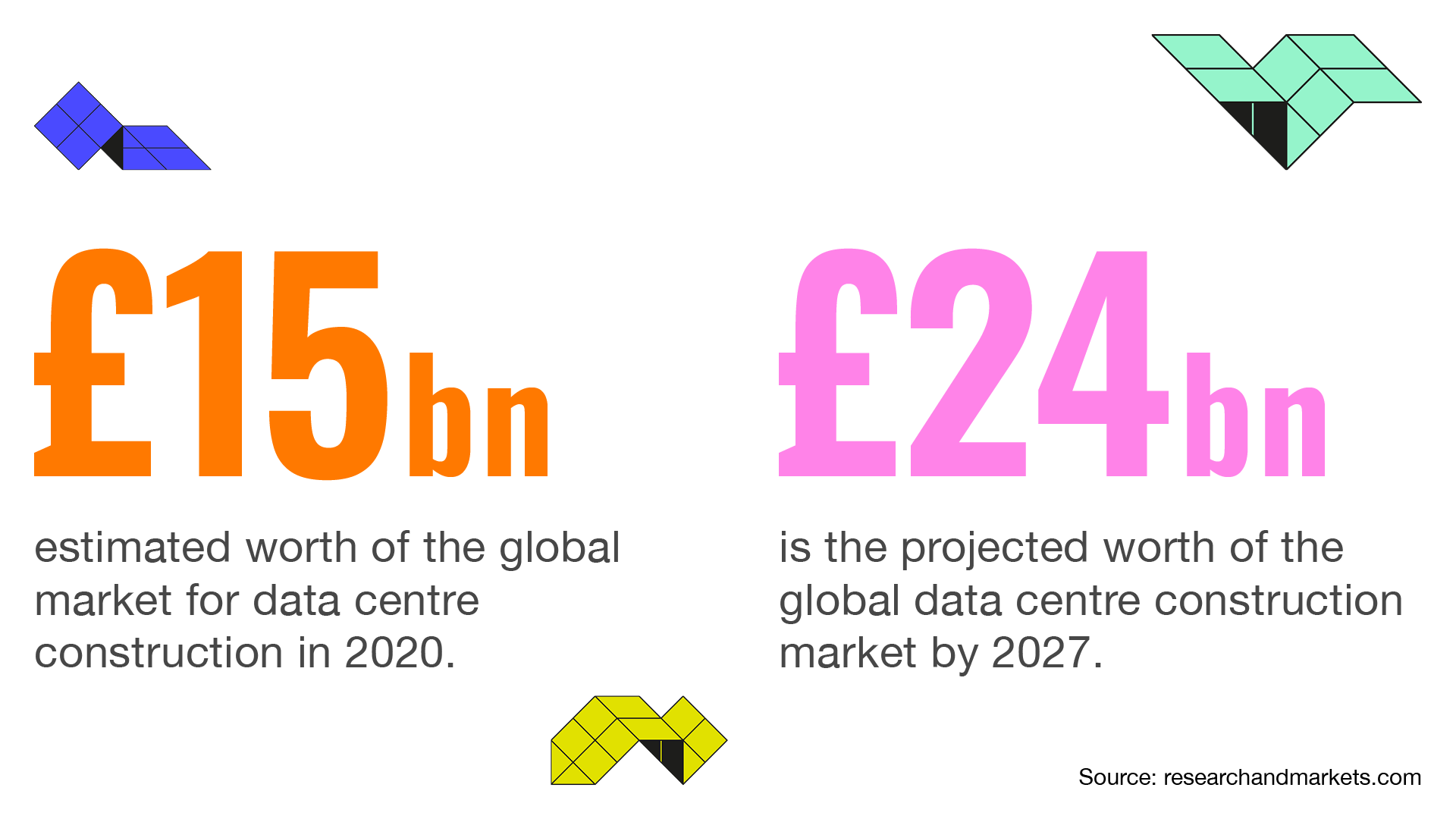%20Peter%20Judson.png)
At the start of this year, 25 operators and 17 associations in the data centre industry pledged to be net zero carbon by 2030, making it clear that the sector is keen to make steady inroads on sustainability.
Among the conditions of the Climate Neutral Data Centre (CNDC) Pact they have signed up to are that three-quarters of the energy used by data centre facilities must be renewable or carbon-free by 2025, and five years later must be completely carbon-free. This would put data centres 20 years ahead of Europe’s target to be net zero as a continent by 2050.
Tony Whittle is the managing director of Enel X UK and Ireland, which works with grid operators and data centres. He believes governments could put legislation in place that limits energy use and embargoes data centre development, but it wouldn’t be well received. “[Such legislation] is highly problematic for data centres, putting unwanted constraints on tech corporations and limiting their ability to meet the requirements of their customers,” he says.
Those requirements, of companies all over the world, are continually evolving and becoming more complex. Fredrik Jansson, chief commercial officer at Nordic data centre service provider Digiplex, says: “Many businesses are finding the investment needed for facilities capable of high-performance computing, AI and a host of other technologies in the digital economy is simply beyond their capacity,” says Jannson. “The use of shared and virtualised hardware, maintained and supported by the latest data centre technologies, can help them reduce their costs as well as their environmental impact.”
The adoption of the CNDC Pact by the data centre industry can be seen as a pre-emptive move, made before legislative barriers come into force. Local authorities are also beginning to expect greater consideration as to how data centre operators and developers mitigate the energy they use and the environmental impact they have.
And the energy they consume is only going to increase, says Whittle: “Data centre electricity use is likely to increase about fifteen-fold by 2030 to 8% of projected total global electricity demand. Managing energy use is the key to operational sustainability and competitiveness of data centres. Many of them have already moved towards using more efficient servers, but efficiency measures can only go so far. Once efficiency has been maximised, often we find that the next step is to look at sourcing green electricity for power.”
Renewable energy from wind, hydro or solar is dependent on location and these sources can be intermittent, meaning there needs to be some kind of back-up power source such as batteries.
Water consumption for cooling is an area where data centre design and construction can help to improve a building’s sustainability credentials, as Daniel Wright MRICS, director with construction consultancy Concert points out: “Rainwater harvesting can be used to capture water from data centres’ roofs which can then be filtered and stored. There are also efforts underway in terms of waste reduction, encouraging recycling, composting and energy recovery to lower the environmental impact of data centres.”
Data centre electricity use is likely to increase about fifteen-fold by 2030 to 8% of projected total global electricity demand.

Cooling is one crucial area that many data centres can find difficult to improve upon significantly if they don’t happen to be in areas with naturally cooler climates. “There are commitments by some to using only fresh air cooling,” says Wright. In Scandinavia, those cold-climate countries with district heating networks could make use of excess heat generated by data centres for residential heating.
New-build data centres can have highly efficient operations such as machine learning to optimise cooling built into them. But that doesn’t necessarily mean the end for older data centre facilities, as there is a great appreciation of the circular economy approach. This aims to keep components and materials in use through refurbishment, recycling, and maintenance. “While demolition might previously have been the only option for older data centres, now the implications of things like the embodied carbon they represent are more fully considered,” says Wright.
This is all part of the rehabilitation of the image of data centres as environmental bad boys that looks set to be continued as that self-imposed deadline of 2030 approaches. Tony Whittle talks of his experience in Ireland: “Here, our data centre customers make energy a priority in an effort to be a ‘good grid citizen’ and do their part in ensuring the grid is stable for both their own business and the surrounding community.”
In Scandinavia, countries with district heating networks could make use of excess heat generated by data centres for residential heating.


_Marco_Oggian.png)